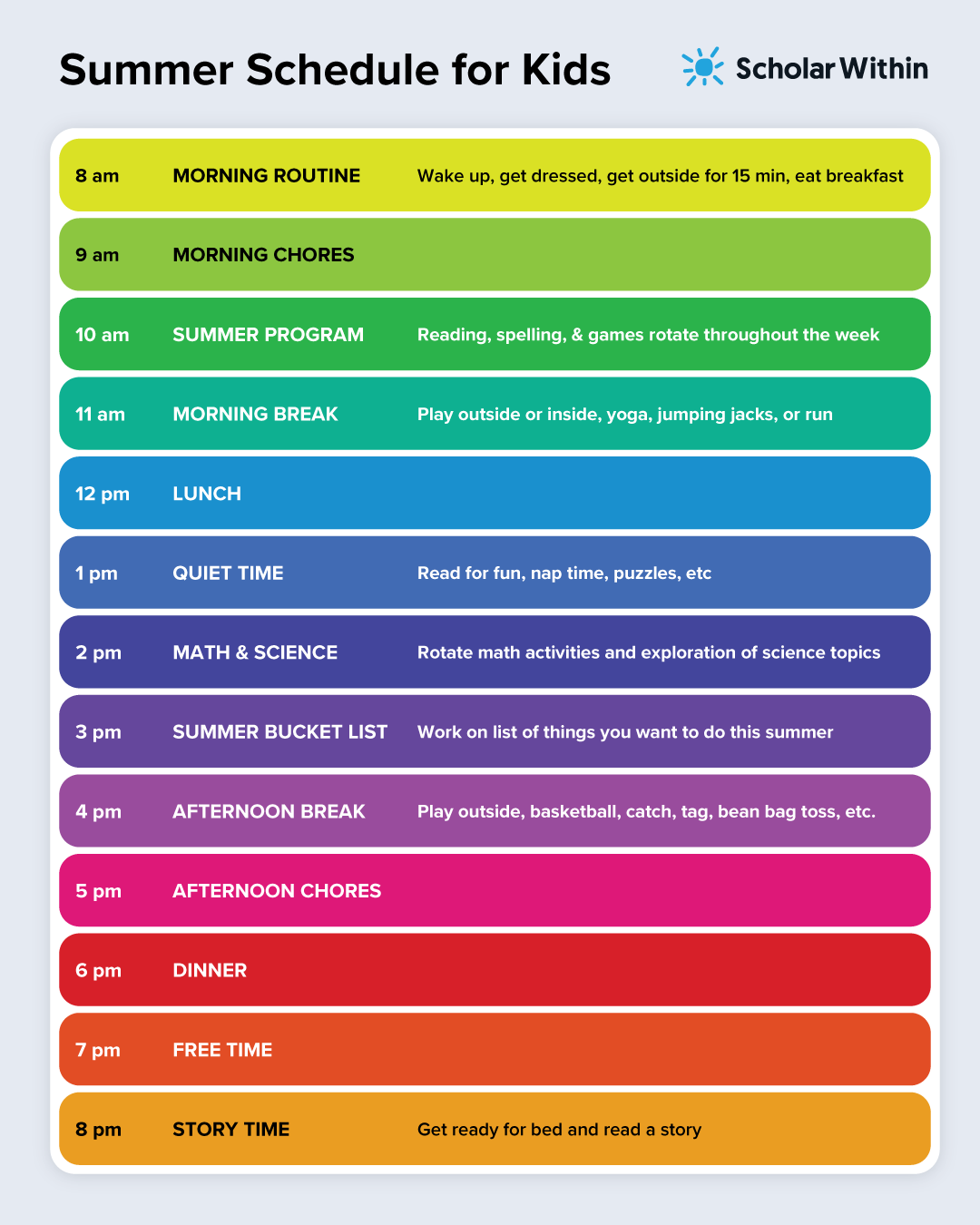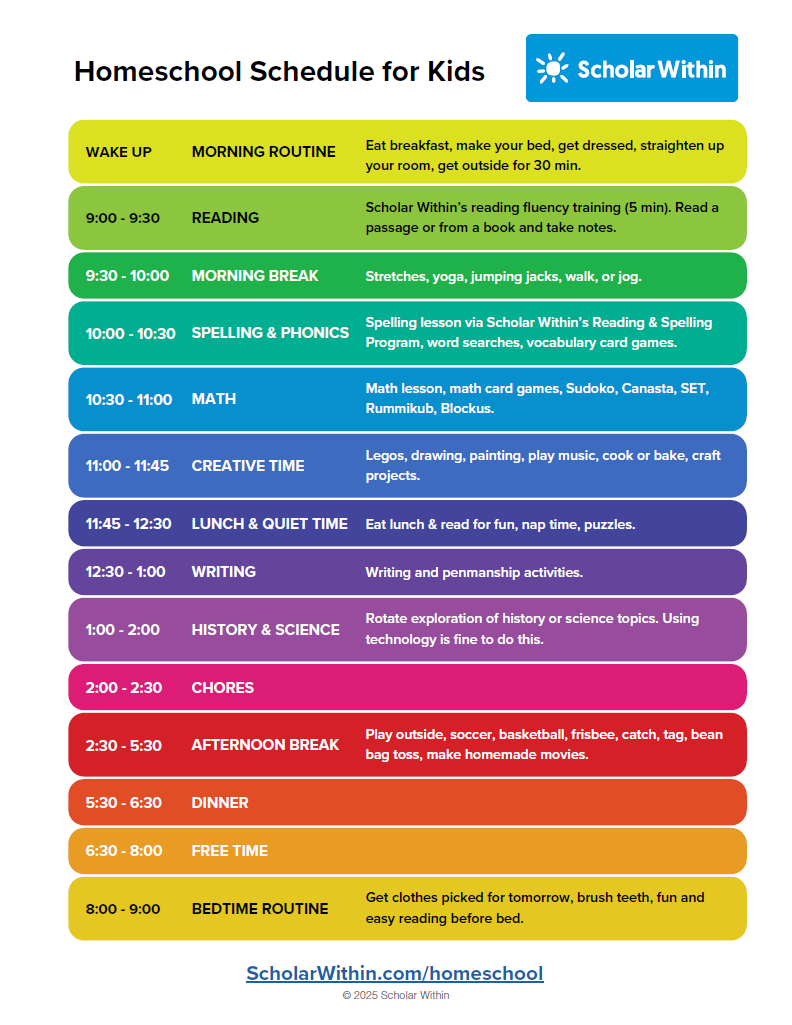Consonant Blends Examples & Word Lists (Consonant Clusters)
Table of Contents
- What are consonant blends?
- How to Teach Blends
- Two-letter Blend Example Word Lists
- Three-letter Blend Example Word List
- L-Blend Example Word List
- R-Blend Example Word List
- S-Blend Example Word List
- T-Blend Example Word List
- W-Blend Example Word List
- Blends vs. Digraphs
- Digraph Examples and Word Lists
- At-Home Online Reading & Spelling Program
What are consonant blends?
Consonant blends are two or three consonants that make a new sound when they are blended together. For example, the consonant blend /bl/ makes the sound you hear in the word “black.” Consonant blends can be found at the beginning, middle, or end of words.
A consonant blend is when two or three consonants are right next door to each other and each give their own sound. In other words, each sound is still pronounced separately. For example, the word “spin” has a consonant blend of /s/ and /p/.
Consonant blends sometimes make it difficult for children to read and spell words because each sound must be pronounced separately. For example, the word “split” would be pronounced as /s/ + /p/ + /l/ + /i/ + /t/, not as one consonant sound /spl/.
If your child is having difficulty with consonant blends, there are a few things you can do to help.
Examples of two consonant sounds that make an initial consonant blend:
- /bl/ as in black, blue, and blind
- /kl/ as in clean, clip, and clock
- /fl/ as in flower, fly, and flat
- /gl/ as in glad, glue, and globe
How to teach consonant blends
First, make sure your kids are familiar with the individual sounds that make up the blend.
For example, practice saying /t/ + /r/ + /a/ + /p/ for the word “trap” and /s/ + /p/ + /l/ + /i/ + /t/ for the word “split”.
Then, help them break the word down into individual sounds so they can say each sound separately.
For example, “t-r-a-p” or “s-p-l-i-t”.
Help them practice words that contain an initial consonant blend. One of the easiest ways to do this is with consonant blend word families.
Scholar Within’s Homeschool Reading Program includes phonics card games where kids get to form words with different beginning and ending consonant blends.
Initial Consonant Blends (Beginning Letters)
Two-Letter Consonant Blend Example Word Lists
L-Blend Example Word Lists
| bl- blends | cl- blends | fl- blends | gl- blends | pl- blends | sl- blends |
|---|---|---|---|---|---|
| black | class | flag | glad | play | slap |
| blue | clove | flaw | glow | plug | slip |
| blush | cling | flip | glue | plum | slow |
| blow | clown | flop | glide | plot | sleep |
| blob | clue | fly | globe | plant | slime |
R-Blend Example Word Lists
| br- blends | cr- blends | dr- blends | fr- blends | gr- blends | pr- blends | tr- blends |
|---|---|---|---|---|---|---|
| bread | crab | drag | frame | grab | prep | trade |
| braid | crop | drive | fresh | green | prime | tree |
| bride | croak | drone | freeze | grip | proof | trip |
| broom | cream | drum | frown | grow | profit | truth |
| brick | crown | dry | fruit | grub | prune | try |
S-Blend Example Word Lists
| sc- blends | sk- blends | sl- blends | sm- blends |
|---|---|---|---|
| scan | skate | slam | smell |
| scare | skew | sled | smile |
| score | skin | slime | smog |
| scope | skip | slug | smoke |
| scum | sky | sly | smug |
| sn- blends | sp- blends | st- blends | sw- blends |
|---|---|---|---|
| snap | spam | stay | swam |
| sneak | sped | stew | sweet |
| snip | spin | stir | swing |
| snow | spot | stop | swoosh |
| snub | spy | stub | swung |
T-Blend Example Word Lists
| tr- blends | tw- blends |
|---|---|
| trade | tweak |
| tree | twig |
| trim | twin |
| trot | twice |
| truck | tweak |
W-Blend Example Word Lists
| dw- blends | sw- blends | tw- blends |
|---|---|---|
| dwarf | swarm | twang |
| dwell | swell | tweed |
| dwindle | swim | twist |
| dwine | swoop | twinkle |
| dwelling | swung | twenty |
Three-Letter Consonant Blend Example Word Lists
| scr- blends | shr- blends | spl- blends | spr- blends | str- blends | thr- blends |
|---|---|---|---|---|---|
| scram | shrank | splash | spray | stray | three |
| screw | shred | splat | spread | stream | thrive |
| scribe | shrimp | split | spring | stripe | throb |
| scroll | shrug | splint | sprout | strong | throw |
| scrub | shrub | splice | spruce | strut | throat |

Free E-book:
How to Learn to Spell
Get this e-book by joining Scholar Within’s newsletter:
Teaching consonant blends
Step 1: Teach Consonant Blends with Two Consonants First
Common beginning consonant blends include the “l blends” (bl, cl, fl, pl, sl) and the “r blends” (cr, dr, fr, tr). You will notice that words with blends may have a variety of vowel sounds.
- black
- blue
- blow
- blob
- blog
- try
- trap
- trip
- tree
- trade
Step 2: Three-Letter Consonant Blends
Move on to the more complex 3-consonant blends scr, str, spl
- scram
- scrap
- scream
- script
- scrape
- strap
- strip
- straw
- strum
- string
Step 3: Final Consonant Blends
Move on to blends at the end of words: nt, sp, st
- ant
- dent
- sent
- tint
- hunt
- past
- nest
- list
- lost
- rust
More words with a two-letter consonant blend combination
Here are more two-letter consonant blends. These combinations are considered to be adjacent consonants, and blends as they combine to make slightly different sounds than the typical initial consonant blends or final letter combinations where each consonant gives its own sound. Since we do hear two sounds, they are considered blends. Consonant digraphs are when two consonants come together to make a new sound such as /ch/ chair; /wh/ when; /sh/ shut; /th/ this or thin.
More complex initial consonant blends: qu (/kw/)
- queen
- quick
- quack
- quiet
- quit
More complex final consonant blends: nk (/ŋk/)
- sank
- sink
- sunk
- link
- wink
Practice makes perfect! With a little bit of help, your child will be reading and spelling consonant blends like a pro in no time.
What’s the difference between consonant blends and consonant digraphs?
With consonant blends, you hear each individual letter’s sound (phoneme). Blends have two or three sounds (phonemes) that are blended together. With digraphs, on the other hand, two letters form to create one sound.
Digraph examples
- chef
- chat
- ship
- thin
- the
- what
- who
- song
More Digraph Examples and Word Lists
Beginning reading
Learning consonant blends, otherwise known as consonant clusters, is an important part of early literacy development.
The first step in learning to read is phonemic awareness. The first step is your ability to recognize the sound a letter makes. For example, /k/ is the beginning consonant sound you hear in the word “cat.”
Once young readers can identify and say the individual sound a letter makes, they are ready to put several sounds together to make a word.
Early readers typically do this by saying one sound at a time and then pull the sounds together to make a word. Early readers typically begin to learn to read with short vowel words. /k/ + /a/ + /t/ = cat.
When to teach consonant blends
After learning each sound that letters make individually, the next step for beginning readers is to learn consonant blends. Scholar Within’s phonics and spelling program gives specific instruction on this.
Knowledge of consonant blends improves spelling instruction. Students learn to combine separate pieces and combine each phoneme (sound) to make words. The more a student knows about the common consonant blends, the easier both spelling and reading will become.
The individual sounds are blended together to make words. In longer words, when each larger word part or group of syllables is put together, students ultimately build vocabulary. For example “pic/nic” = picnic; “trav/el” = travel
Next steps
Are you looking for step-by-step, self-paced phonics instruction?
Take a look at Scholar Within’s At-Home Online Reading Program with Spelling and Phonics.
Scholar Within’s programs include a variety of consonant blend activities for all ages, including card games.
What grade is your child?
Select a grade level to learn more about our reading programs:
7,200+ Confident Readers and Spellers
Grades K-8 Homeschool reading and spelling curriculum made easy.
Scholar Within’s online and offline curriculum makes teaching reading and spelling easy with self-paced, step-by-step lessons.








